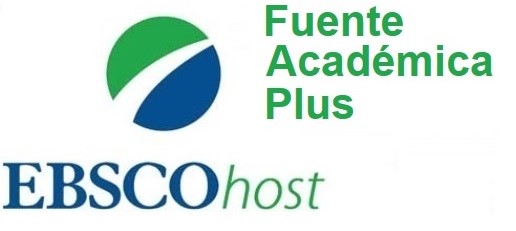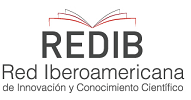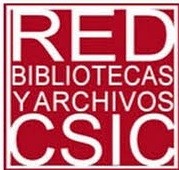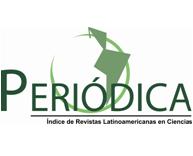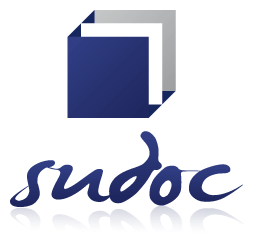CHARACTERIZATION OF AGROINDUSTRIAL RESIDUES WITH A VIEW TO ITS EXPLOITATION
Keywords:
chemical composition, agroindustrial residues, revaluationAbstract
Agroindustrial residues are considered one of the most important renewable resources to obtain products of economic and social interest. This study assesses the potential use of coconut husk, sugar cane straw and sugar cane bagasse marrow through their chemical characterization. For this, the total solid contents, the ash, lignin, holocellulose and extractive contents are determined, as well as the zero charge Ph and the total acid and basic groups of materials. Results show a large lignin percentage in coconut husk composition (42.3 ± 1.03%), which is significantly higher than that of the other residues. That is why this material is a promising feedstock to obtain high-added value chemical products like phenolic compounds, which can replace those derived from crude oil. Straw and marrow have high holocellulose percentages of 61.1 ± 1.0% and 60.3 ± 1.3%, respectively, deserving attention as feedstock for biofuels production and chemical compound synthesis. On the other hand, all residues have higher number of acid sites with a predominance of carboxyl and hydroxyl groups according to infrared spectroscopy (FTIR). Therefore, all materials display potentialities for heavy metals and dissolving colorants biosorption.




